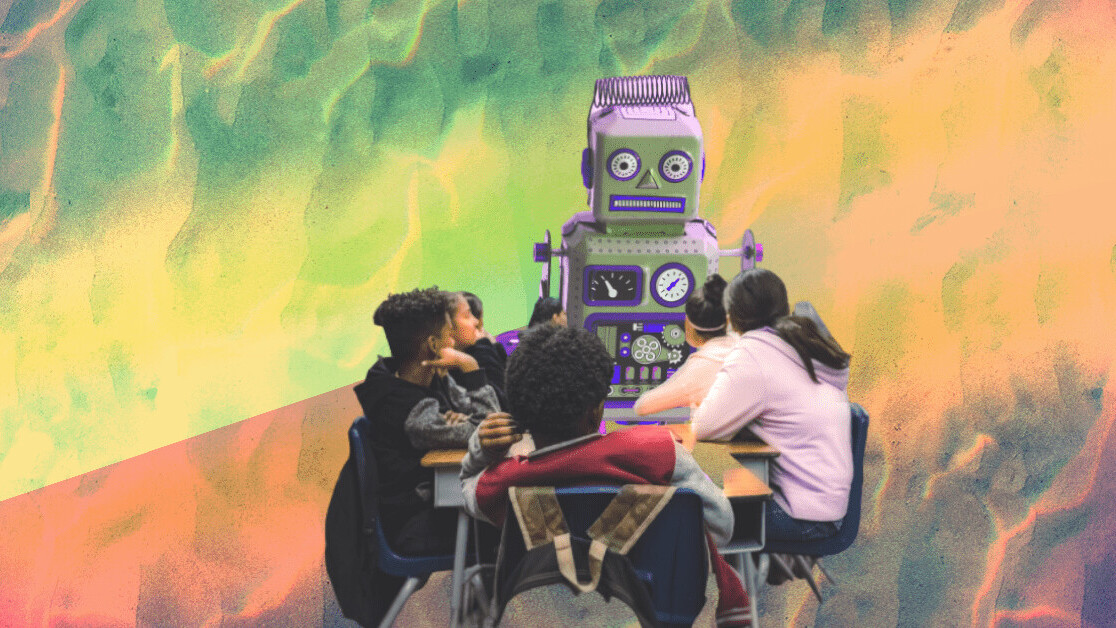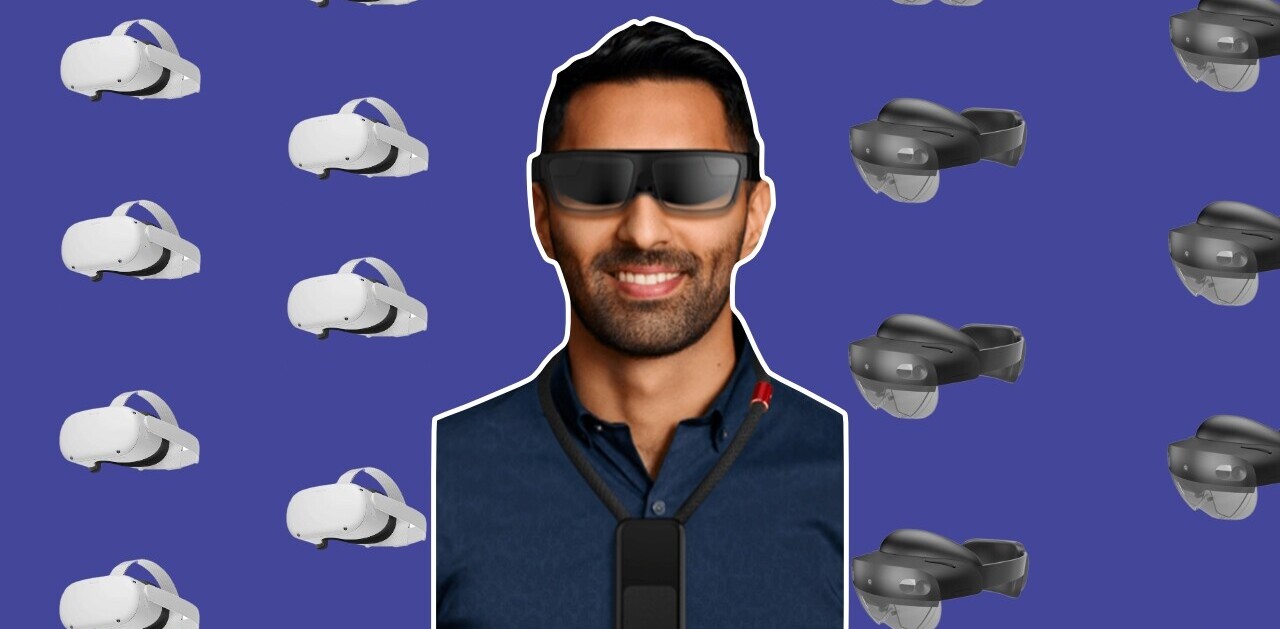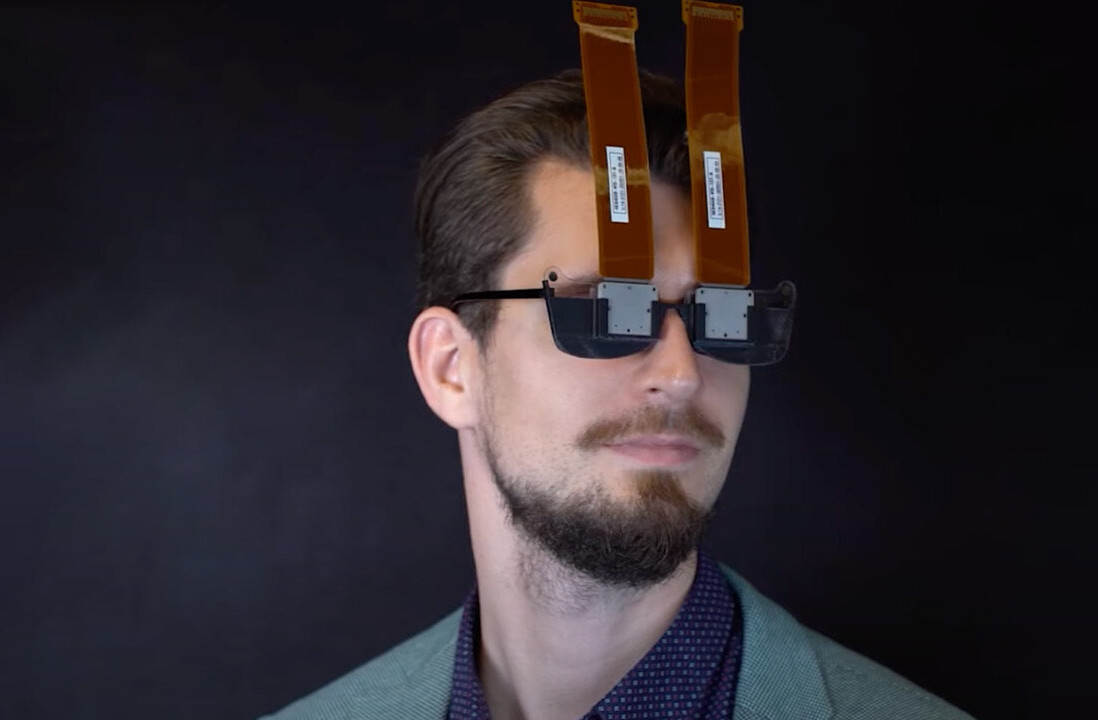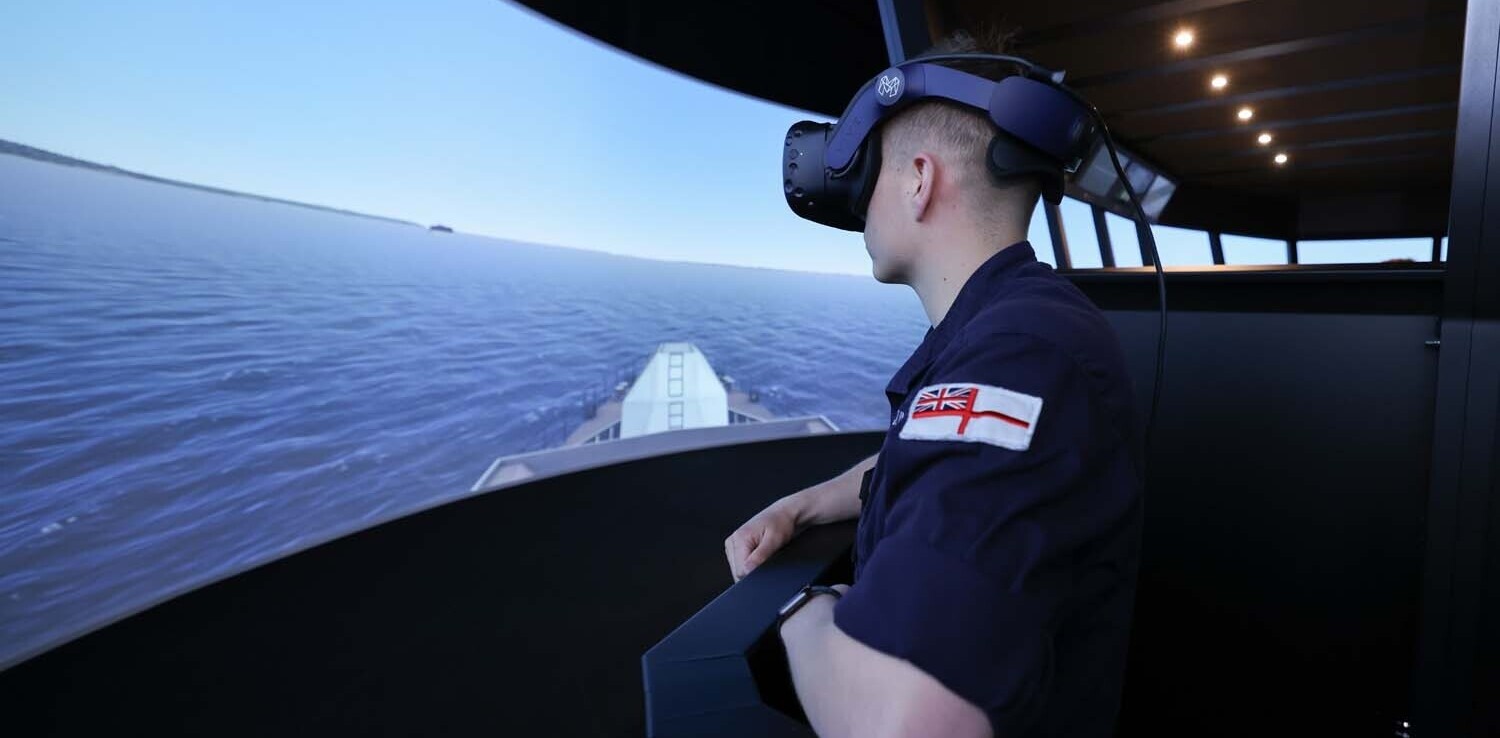
With the onset of the pandemic, students, and teachers across the globe suddenly found themselves struggling to adapt to online learning experiences, from dealing with Zoombombing to gently reminding everyone to wear pants to class.
But it’s not just about adapting to the strange circumstances we find ourselves in. For a while now, classrooms have been due for some much-needed disruption. COVID-19 has sped up the need for new solutions and many are seeing this as the right time to finally reset and rethink the classroom experience altogether.
With an annual front row seat to the latest in AV tech, we spoke with Mike Blackman, Managing Director of Integrated Systems Events, to get his perspective on where innovation is needed most.
“With COVID-19 preventing students from coming to classes or lectures, technology has – as in other aspects of life – stepped in to provide a solution. And, as elsewhere, the pandemic has served to accelerate existing trends – forcing the adoption of solutions that some schools, colleges, and universities might have been reluctant to try otherwise.”
From hologram professors to virtual field trips to the Amazon, here are a few of the trends that could shape the classroom of the future.
EdTech puts students in the teacher’s seat
Thinking back to when you were in school, the idea of studying from home probably sounded like a good time to get some valuable gaming hours in, discover daytime TV, stare out the window, and [insert anything other than school]. One of the biggest challenges faced by students has been just finding the motivation to sit down and study outside of the classroom.
The problem with online lectures, and even the traditional classroom setting, has always been that, in a class of 300 or even six students, not everyone will be engaged all of the time. But studies show that actually giving students the option to choose what they want to study can increase self-determination and intrinsic motivation.
“With the pandemic generally reducing the amount of time that students can spend with their teachers, even over video, there’s been more of a move towards helping students discover things for themselves as opposed to simply being told them,” Blackman said.
However, other studies warn that, to be motivating, these choices need to be relevant to the students’ interests and goals, not be too numerous and complex, and be in line with the student’s cultural values.
What we’re seeing now is a shift towards individualized, self-paced, student-driven learning with the rise of Skillshare style video libraries and Duolingo style tutoring apps including Byju (which offered its app for free during COVID), Edmentum, and Wizenoze.
And it doesn’t stop there. New technologies like AI-based chatbots are already being used as teaching assistants and math tutors, allowing students to get feedback in real-time.
Taking it a step further, in 2018 New Zealand based companies Vector and Soul Machines launched Will, the first AI-based avatar teacher programmed to have interactive conversations with primary school students about renewable energy. (Finally, someone who won’t get tired of being asked “but why?” fifty billion times.)
As a human-to-AI interface, the more a bot like Will interacts with people, the more his responses, mannerisms, etc. begin to feel more real. And, the cool thing is, adaptive learning tech could help these bots create more personalized learning experiences for each individual they interact with. In fact, Soul Machines believes bots like Will could one day help address teaching gaps in the developing world.
Technology makes distance learning more accessible
Imagine you’re watching a lecture and your professor says, “here’s what’s going to be on the exam,” just as your video freezes or your internet crashes. It’s clear that note-taking and following a full class online is difficult for everyone, but it’s not just about freeze-framed professors.
While the quick switch to online learning provided an alternative for some, it also brought the issue of accessibility to the forefront. Students with hearing impairments and those with limited access to Wi-Fi, a computer, or even just a quiet place to follow classes have suddenly been left behind.
During the AVIXA Higher Education AV Conference at ISE 2020, accessibility and inclusion specialist Alistair McNaught highlighted the importance of building AV and multimedia education tools that are inclusive for all students and in compliance with regional and national web accessibility regulations.
What this means in practice for online learning is making sure real-time closed captioning, accurate transcripts, and clear video recordings are made available. While some platforms like Zoom and Youtube have built-in closed captioning options, they’re often hit or miss. And when it comes to transcribing lectures from professors with any sort of accent, you can pretty much forget it.
Luckily, new tech is here to help. This year ISE exhibitors including Matrox and Mediasite by Sonic Foundry demonstrated advanced lecture capture systems that produce high-quality recordings that can be shared, reviewed, and integrated with learning materials. Meanwhile, Epiphan introduced LiveScrypt, an AI-based speech to text tool that provides more accurate real-time captioning that can be streamed to the web and connected devices.
Full accessibility is and will continue to be an issue for students as globally around 826 million students don’t have access to a computer at home. This is one of the biggest challenges EdTech startups, educators, and society will need to tackle and find new solutions for going forward.
Down with chalk and talk
According to Blackman the main trend in recent years has been “the move away from the old ‘chalk and talk’ model, where the teacher is the source of knowledge, to more blended learning styles. This also represents a move away from the ‘one size fits all’ approach using, for instance, small group working, where different groups may be given different tasks more suited to their abilities or interests.”
In fact, a study by Harvard University found students actually learn more during active learning sessions than they do from traditional lectures. What’s more, employers, researchers, and parents are advocating for a stronger focus on developing soft skills like teamwork, communication, and emotional intelligence alongside hard technical skills. For example, in the UK, 88% of young people, 94% of employers, and 97% of teachers think life skills are just as, or more, important than academic qualifications.
Instead of long, drawn-out lectures, classes will be centered more around project-based group activities that allow students to select topics of interest and break out into collaborative groups. IoT integrated devices and Interactive Touchscreens have already been facilitating group work by allowing everyone to easily connect their devices, share, and create.
Of course with social distancing still essential in many parts of the world, VR, AR, and MR solutions are stepping up. Imagine going on a field trip to the Roman Empire or learning about nature conservation in the Amazon with students from around the world.
A number of studies already show that using Augmented Reality in the classroom can lead to deeper student engagement, better learning performance, and increased motivation.
Google for Education is one of the best known VR and AR providers now, but there are a number of smaller companies doing some innovative things in this space. Check some of them out at next year’s ISE 2021.
Teachers join the force
It’s not just students who’ll get to enjoy the new tech advances coming out. Instead of hopping on a plane to give visiting lectures, in the classroom of the future professors will simply be able to sit back and project themselves hologram-style to lecture halls across the globe (even giving lectures in multiple locations at the same time).
Sound a little too Obi-Wan Kenobi for you? Imperial College Business School already started offering hologram led lectures in 2018.
TNW caught up with Dom Pates, Senior Educational Technologist, at City University of London, who gave a workshop on holographics at ISE 2020. According to Pates:
“Aside from the obvious novelty of holographic technologies, the primary benefit of them is that it’s the closest experience for an audience to feeling that the remote speaker is physically present in the room. In the example from my workshop, the screen that the holographic presenter was appearing on was seemingly invisible, the image of them was life-sized and in three dimensions, and the audio matched the high quality of the image. This brings a degree of flow to the experience, and makes it much easier for the learners in the physical room to focus on the subject matter rather than the technology.
As Pates explained, using holographic technology offers a far superior experience to Zoom streaming:
“Delivering a lecture over a web conferencing platform like Zoom as a substitute for one in a physical lecture theatre is inherently inferior if it just substitutes the room for the platform. If teaching is done live and online, it’s necessary to build engagement considerations in much more than it might be in a physical learning space, as it’s harder for learners to remain fully engaged in an hour delivered on screen than an hour delivered in a room.”
However, there is one challenge professors looking to become a hologram should keep in mind:
“For the lecturer, their audience is now on a screen in front of them rather than in the room, so it’s more difficult to pick up on the cues you’d get from an audience in front of you.”
AKA, finding strategic sleeping positions during early morning lectures will be easier than ever.
Classrooms get an upgrade
To fit this new reality, students and teachers will need more than just the standard classroom with rows of desks.
“Another major trend is the ability of teaching spaces to reconfigure themselves. Some higher education establishments have large, multifunctional learning spaces that they use to accommodate different classes or lectures of various sizes at the same time. This requires the video and especially the audio in the room to be reconfigurable to suit a variety of layouts. In the COVID era, social distancing is bringing its own requirements for flexible room arrangements,” Blackman told TNW.
If you’re wondering just how much of a difference an educational environment can make, studies show that classroom design can alter academic progress over a school year by 25%.
At ISE 2020 Piet Van Der Zanden, Associate/Analyst at Delft University of Technology, gave a talk on the University’s Interactive Education Spaces Configurator. This interactive tool allows them to easily reconfigure learning spaces based on the activity and also improve readability, sightlines, seating capacity, and accessibility.
But, along with improved visibility, flexible spaces will also need to be equipped with the right tools to ensure sound quality reaches everyone. This year Humantechnik, Williams AV, and Opus technologies showcased their induction loop amplifiers and other systems built to help learners with hearing difficulties block out background noise and amplify a lecturer’s voice.
We still don’t know exactly what the classroom of the future will look like, but events like ISE can give us some clues.
“Exactly what will be on show at ISE in 2021 we don’t know yet, but our exhibitors always push the boundaries of what’s possible – so the excitement is guaranteed,” Blackman said.
Get the TNW newsletter
Get the most important tech news in your inbox each week.






